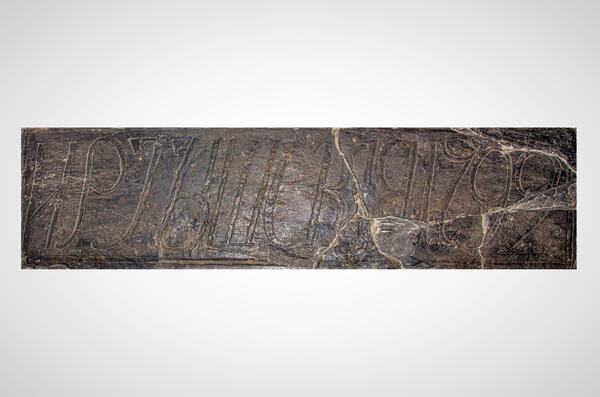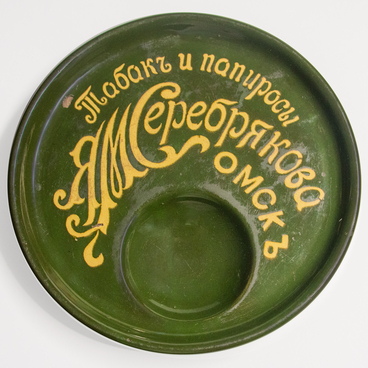In 1763, lieutenant-general Ivan Springer was appointed commander of Siberian line. Catherine the Great ordered him to build fortifications in Altai for the protection of silver foundries and to provide conditions for the development of trade with China and Central Asia. Springer chose Omsk fortress as his headquarters, examined it, and noted its poor defensive capabilities: during the ice drift, when the pontoon bridge was removed, the fortress was cut off from the rear.
In 1764, the design development of the new fortress on the right shore of the Irtysh began. Construction started on May 2, 1768.
Wooden gates led to the fortress: the Omsk one 一 from the side of the bridge across the Om, the Irtysh and Tobolsk ones on the western side, and the Tara one on the northern side.
The road to Tobolsk, which was the capital of Siberia at that time, started from the Tobolsk gate. The roads to Tobolsk, Tara, to the Baraba steppe split from the Tara gate. This gate was the main and the highest gate, the guardhouse with two rooms was only there. It was situated at the top, over the arc, with a window and a door on the west. It was through the Tarsk Gate on January 23, 1850 that two troikas, harnessed to wagons, passed, in which the “petrashevtsy”- the writer Fyodor Dostoevsky and the poet Sergei Durov — were traveling to serve hard labor.
In 1954, the Tara gate was almost demolished. But the director of the Museum of History and Regional Studies Andrey Palashenkov and the members of the Omsk department of the Geographic Society wrote to the Communist Party Central Committee and managed to defend the gate for some time. However, on a winter night of 1959, it was demolished. Only the slate slab with a name was saved.
In 1936, the Omsk gate was demolished, followed by the Irtysh gate built in 1792. It was located on a cliff at the mouth of the river Om and led to the pier. It is believed that the decision to demolish the gate was made because of the threat of collapse during the flood.
In the 1960s, a slab from the Irtysh gate with the inscription “1792” was found on the fortress territory. Now it is housed in the holdings of the Omsk State Museum of History and Regional Studies and displayed in the historical exhibition “Peter the Great’s Siberian City”.
In 1764, the design development of the new fortress on the right shore of the Irtysh began. Construction started on May 2, 1768.
Wooden gates led to the fortress: the Omsk one 一 from the side of the bridge across the Om, the Irtysh and Tobolsk ones on the western side, and the Tara one on the northern side.
The road to Tobolsk, which was the capital of Siberia at that time, started from the Tobolsk gate. The roads to Tobolsk, Tara, to the Baraba steppe split from the Tara gate. This gate was the main and the highest gate, the guardhouse with two rooms was only there. It was situated at the top, over the arc, with a window and a door on the west. It was through the Tarsk Gate on January 23, 1850 that two troikas, harnessed to wagons, passed, in which the “petrashevtsy”- the writer Fyodor Dostoevsky and the poet Sergei Durov — were traveling to serve hard labor.
In 1954, the Tara gate was almost demolished. But the director of the Museum of History and Regional Studies Andrey Palashenkov and the members of the Omsk department of the Geographic Society wrote to the Communist Party Central Committee and managed to defend the gate for some time. However, on a winter night of 1959, it was demolished. Only the slate slab with a name was saved.
In 1936, the Omsk gate was demolished, followed by the Irtysh gate built in 1792. It was located on a cliff at the mouth of the river Om and led to the pier. It is believed that the decision to demolish the gate was made because of the threat of collapse during the flood.
In the 1960s, a slab from the Irtysh gate with the inscription “1792” was found on the fortress territory. Now it is housed in the holdings of the Omsk State Museum of History and Regional Studies and displayed in the historical exhibition “Peter the Great’s Siberian City”.



